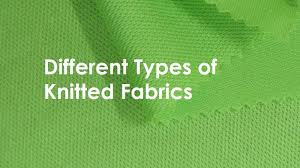 Complete Guide to Knit Fabrics: Types, Properties, Uses, and Care
Complete Guide to Knit Fabrics: Types, Properties, Uses, and Care
Meta Description: Discover everything about knit fabrics – types, properties, advantages, applications, and care. A comprehensive guide for textile enthusiasts, fashion designers, and garment manufacturers.
Introduction
Knit fabrics are among the most versatile and widely used textiles worldwide, ranging from casual T-shirts to high-performance sportswear. Unlike woven fabrics, knit fabrics are created by interlooping yarns, giving them unique properties such as elasticity, softness, and comfort.
The textile and fashion industry relies heavily on knit fabrics due to their adaptability, aesthetic appeal, and functional advantages. Understanding knit fabrics in depth is crucial for textile students, fashion designers, manufacturers, and consumers who want to make informed choices about clothing and fabric use.
In this comprehensive guide, we will explore the history, structure, types, properties, applications, sustainability, and future trends of knit fabrics. This guide is designed for both beginners and professionals seeking detailed insights.
1. What is Knit Fabric?
Knit fabric is created by interlooping yarns, forming a series of connected loops. This looped construction distinguishes knit fabrics from woven fabrics, which are made by interlacing threads at right angles.
Key Features of Knit Fabric
-
Stretchability: Knit fabrics naturally stretch in both horizontal and vertical directions, making them highly comfortable to wear.
-
Softness: The looped structure creates a soft hand feel.
-
Wrinkle Resistance: Knit fabrics maintain their shape and resist creasing better than woven fabrics.
-
Breathability: Many knit fabrics allow airflow, which helps regulate body temperature.
-
Insulation: Some knit fabrics, like fleece or wool knits, trap air and provide warmth.
Difference Between Knit and Woven Fabrics
| Feature | Knit Fabric | Woven Fabric |
|---|---|---|
| Structure | Interlooped yarns | Interlaced yarns at right angles |
| Stretch | Naturally stretchable | Limited stretch |
| Wrinkle | Low wrinkling | Prone to wrinkles |
| Comfort | Soft, flexible | Less flexible |
| Common Use | T-shirts, sweaters, activewear | Shirts, trousers, jackets |
2. History of Knit Fabrics
Knit fabrics have a rich history dating back to the Middle Ages, when hand knitting was common using needles. Wool was the primary fiber due to its warmth and elasticity. By the 16th century, knitting became more widespread in Europe, and by the 18th century, industrial knitting machines revolutionized production.
Key milestones:
-
Hand Knitting Era: Middle Ages, primarily wool-based.
-
Industrial Revolution: 18th century, invention of mechanical knitting machines.
-
Modern Era: 20th and 21st centuries, circular and flat knitting machines produce diverse knit fabrics for fashion, home textiles, and industrial uses.
3. Structure of Knit Fabrics
Knit fabrics consist of loops of yarn connected together. The structure depends on the knitting technique, yarn type, and machine settings.
Major Knitting Techniques
-
Weft Knitting
-
Yarns run horizontally across the fabric.
-
Produces soft, stretchable fabrics.
-
Common types: Jersey, Rib, Interlock.
-
-
Warp Knitting
-
Yarns run vertically.
-
Produces stable, non-curling fabrics.
-
Common types: Tricot, Raschel.
-
Basic Knit Stitches
-
Plain (Jersey) Stitch: Single-looped structure, most common for T-shirts.
-
Rib Stitch: Alternating knit and purl stitches, giving high elasticity.
-
Purl Stitch: Loops facing the opposite direction, often used for texture.
-
Interlock Stitch: Two layers of jersey interlocked for thickness and durability.
4. Types of Knit Fabrics
Knit fabrics are categorized based on knitting technique, texture, or end-use.
A. Weft Knit Fabrics
-
Jersey Knit
-
Lightweight, soft, and stretchy.
-
Used for T-shirts, dresses, and undergarments.
-
Can curl at the edges due to single-layer construction.
-
-
Rib Knit
-
Alternating knit and purl stitches.
-
Elastic and recoverable, ideal for cuffs, collars, and waistbands.
-
Common in casual and sportswear.
-
-
Interlock Knit
-
Double-layered, smooth on both sides.
-
Thicker and more stable than jersey.
-
Used in high-quality T-shirts and baby clothing.
-
-
Purl Knit
-
Loops appear on both sides.
-
Textured appearance, less stretch.
-
Used for sweaters and cardigans.
-
B. Warp Knit Fabrics
-
Tricot Knit
-
Lightweight, soft, smooth front surface.
-
Used in lingerie, activewear, and sportswear.
-
-
Raschel Knit
-
Heavier, patterned fabric.
-
Used for lace, mesh, outerwear, and home textiles.
-
C. Specialty Knit Fabrics
-
Sweater Knit
-
Thick, warm, and cozy.
-
Made from wool, acrylic, or blends.
-
-
Fleece Knit
-
Brushed interior, excellent insulation.
-
Used in hoodies, sweatshirts, and jackets.
-
-
Mesh Knit
-
Open, breathable structure.
-
Ideal for sportswear, athletic jerseys, and ventilation panels.
-
-
Jacquard Knit
-
Multi-colored, intricate patterns.
-
Used in decorative garments, fashion tops, and high-end sweaters.
-
5. Fiber Types Used in Knit Fabrics
Knit fabrics can be made from various fibers. Each fiber type affects the fabric’s performance, appearance, and use.
| Fiber | Characteristics | Common Uses |
|---|---|---|
| Cotton | Soft, breathable, absorbent | T-shirts, casual wear, undergarments |
| Polyester | Durable, wrinkle-resistant, quick-dry | Sportswear, activewear, outerwear |
| Nylon | Stretchable, strong, smooth | Hosiery, leggings, lingerie |
| Wool | Warm, elastic, moisture-wicking | Sweaters, scarves, winter wear |
| Rayon | Smooth, drapey, comfortable | Dresses, tops, nightwear |
| Blends | Combines properties (e.g., cotton-polyester) | Fashion apparel, functional wear |
6. Properties of Knit Fabrics
-
Stretchability & Recovery: Essential for snug-fitting garments and comfort.
-
Softness & Comfort: Ideal for clothing worn close to skin.
-
Drape & Appearance: Natural flow, suitable for stylish and elegant garments.
-
Breathability: Maintains comfort in activewear.
-
Insulation: Fleece and wool knits trap air for warmth.
-
Durability: Warp knits provide stronger, more stable fabric.
7. Advantages of Knit Fabrics
-
Comfortable and flexible
-
Stretchable and adaptive fit
-
Wrinkle-resistant and low maintenance
-
Soft and gentle on skin
-
Variety of textures and patterns
-
Suitable for layering and casual or formal wear
8. Applications of Knit Fabrics
Knit fabrics are widely used in apparel, home textiles, and industrial applications.
A. Apparel
-
Casual T-shirts, tops, and dresses
-
Activewear, yoga clothing, and sportswear
-
Sweaters, cardigans, pullovers
-
Undergarments, lingerie, and socks
-
Fashion garments with textured designs
B. Home Textiles
-
Blankets, throws, and cushion covers
-
Upholstery fabrics
-
Decorative items like curtains or wall hangings
C. Industrial & Functional Uses
-
Medical textiles (bandages, compression garments)
-
Protective wear and uniforms
-
Performance fabrics with moisture-wicking, anti-microbial properties
9. How to Care for Knit Fabrics
Proper care extends the life of knit fabrics and maintains their appearance.
Washing Tips
-
Use cold or lukewarm water
-
Gentle hand wash or delicate machine cycle
-
Avoid harsh chemicals and strong detergents
Drying Tips
-
Lay flat to dry to maintain shape
-
Avoid hanging heavy knits to prevent stretching
-
Low heat for machine drying
Ironing & Storage
-
Low heat or steam for delicate knits
-
Fold instead of hanging to prevent deformation
-
Avoid prolonged direct sunlight to prevent fading
10. Sustainability in Knit Fabrics
Sustainable knit fabrics are gaining popularity due to environmental concerns.
-
Organic Cotton: Chemical-free cultivation, eco-friendly.
-
Recycled Polyester: Reduces plastic waste, eco-conscious.
-
Bamboo & Hemp: Biodegradable and renewable.
-
Water-Saving Dye Techniques: Reduce environmental impact in manufacturing.
Sustainable knits combine comfort, fashion, and responsibility.
11. Future Trends in Knit Fabrics
-
Smart Knits: Incorporating sensors for health monitoring.
-
3D Knitting: Seamless garments with minimal waste.
-
Functional Knits: Moisture-wicking, anti-microbial, UV-protective fabrics.
-
Fashion Innovation: Unique textures, patterns, and high-performance blends.
12. Common Mistakes to Avoid with Knit Fabrics
-
Using hot water for washing
-
Hanging heavy knit garments
-
Ignoring proper storage
-
Overstretching knit fabrics during wear
-
Using harsh detergents or bleach
13. Tips for Designers & Manufacturers
-
Consider fiber choice for comfort and durability.
-
Use warp knits for stability and less curl.
-
Explore sustainable materials for eco-friendly collections.
-
Test knit stretch and recovery for performance garments.
-
Incorporate textured or jacquard knits for high-end fashion.
Conclusion
Knit fabrics are versatile, comfortable, and essential in modern textiles. Their stretch, softness, and adaptability make them ideal for apparel, home textiles, and functional industrial uses. Understanding the types, properties, care, and sustainability of knit fabrics allows designers, manufacturers, and consumers to make informed choices.
Whether you are a textile student, fashion designer, or garment manufacturer, mastering knit fabrics opens endless possibilities for innovation, comfort, and performance.
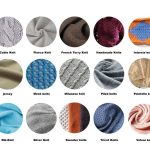
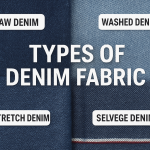
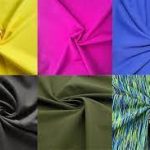
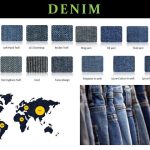
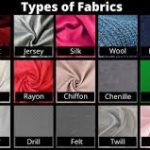

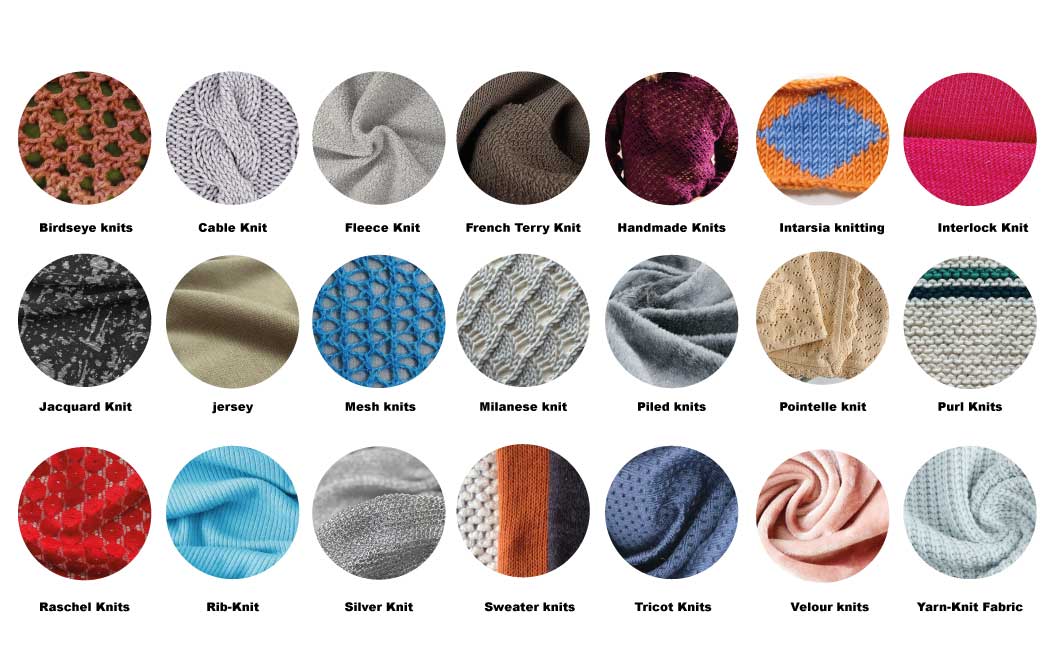
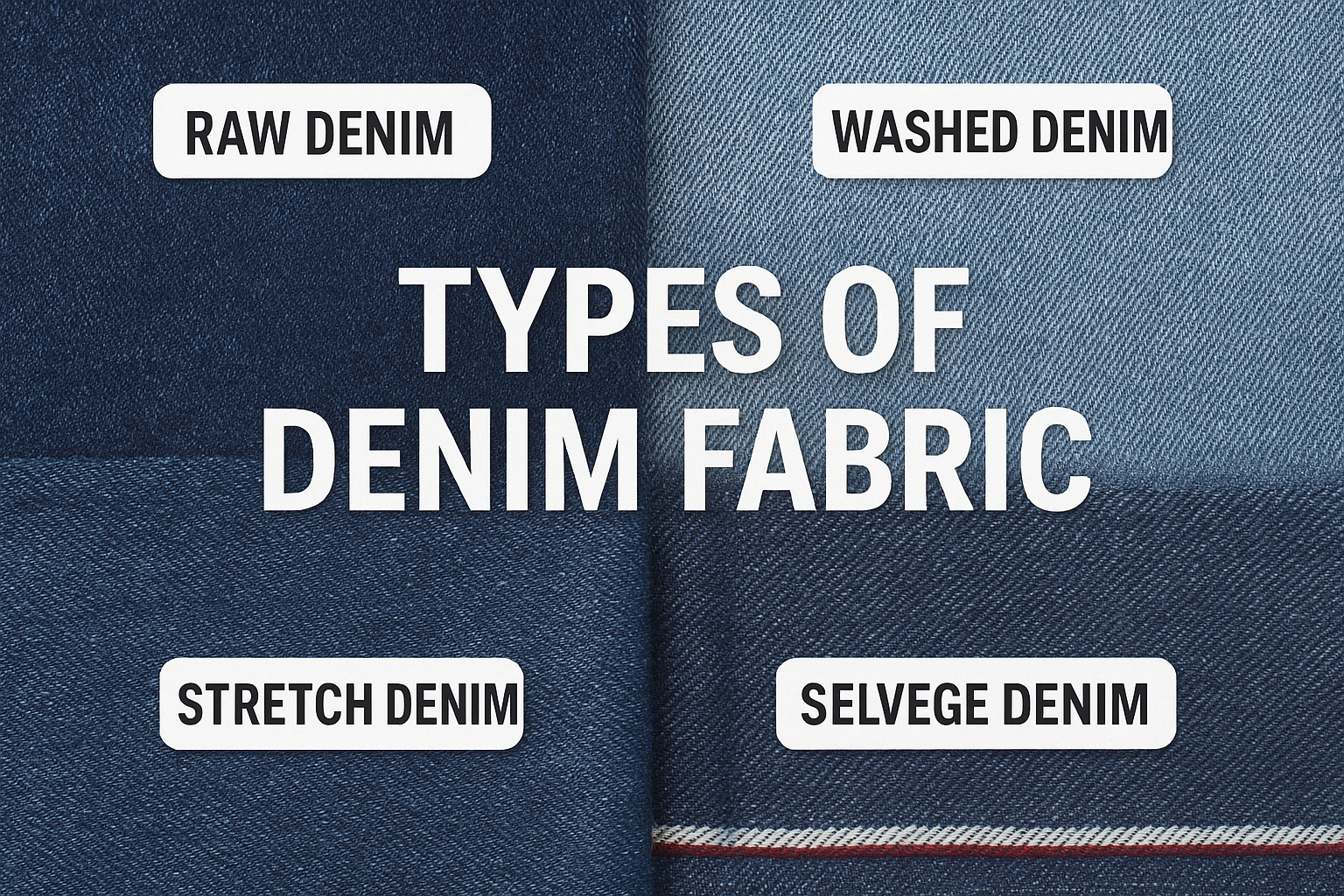
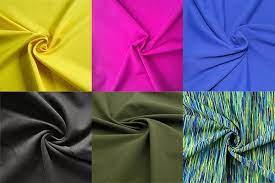
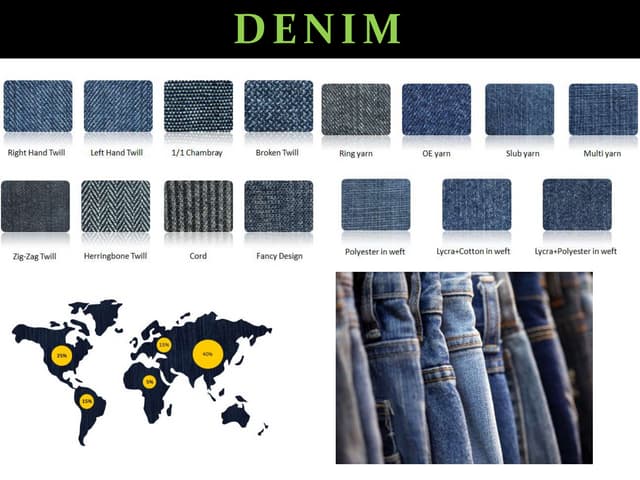
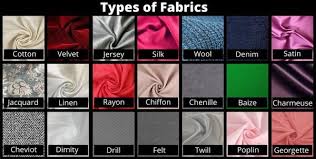
Useful article.
thanks